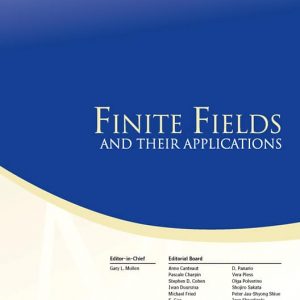Accurate and reliable forecasting models for electricity demand (G) are critical in engineering applications. They assist renewable and conventional energy engineers, electricity providers, end users, and government entities in addressing energy sustainability challenges for the National Electricity Market (NEM) in Australia, including the expansion of distribution networks, energy pricing, and policy development. In this study, data-driven techniques for forecasting short-term (24-h) G data are adopted using 0.5 h, 1.0 h, and 24 h forecasting horizons. These techniques are based on the Multivariate Adaptive Regression Spline (MARS), Support Vector Regression (SVR), and Autoregressive Integrated Moving Average (ARIMA) models. This study is focused in Queensland, Australia’s second largest state, where end-user demand for energy continues to increase. To determine the MARS and SVR model inputs, the partial autocorrelation function is applied to historical (area aggregated) G data in the trainingperiod to discriminate the significant (lagged) inputs. On the other hand, single input G data is used to develop the univariate ARIMA model. The predictors are based on statistically significant lagged inputs and partitioned into training (80%) and testing (20%) subsets to construct the forecasting models. The accuracy of the G forecasts, with respect to the measured G data, is assessed using statistical metrics such as the Pearson Product- Moment Correlation coefficient (r), Root Mean Square Error (RMSE), and Mean Absolute Error (MAE). Normalized model assessment metrics based on RMSE and MAE relative to observed means (RMSEG and MAEG), Willmott’s Index (WI), Legates and McCabe Index (ELM), and Nash–Sutcliffe coefficients (ENS) are also utilised to assess the models’ preciseness. For the 0.5 h and 1.0 h short-term forecasting horizons, the MARS model outperforms the SVR and ARIMA models displaying the largest WI (0.993 and 0.990) and lowest MAE (45.363 and 86.502 MW), respectively. In contrast, the SVR model is superior to the MARS and ARIMA models for the daily (24 h) forecasting horizon demonstrating a greater WI (0.890) and MAE (162.363 MW). Therefore, the MARS and SVR models can be considered more suitable for short-term G forecasting in Queensland, Australia, when compared to the ARIMA model. Accordingly, they are useful scientific tools for further exploration of real-time electricity demand data forecasting
بانک مقالات
پیشبینی تقاضای برق در کوتاه مدت با مدل های MARS ، SVR و ARIMA با استفاده از داده های تقاضای تجمعی در کوئینزلند، استرالیا
Short-term electricity demand forecasting with MARS, SVR and ARIMA models using aggregated demand data in Queensland, Australia
سال انتشار : 2018
تعداد صفحه : 16
کلیدواژه ها: Electricity demand forecasting, Machine learning, SVR, MARS, ARIMA
ABSTRACT
| زبان فایل | |
|---|---|
| مجلات و ژورنال های بین المللی | Elsevier |
| ترجمه | |
| نوع فایل | رایگان |






نقد و بررسیها
هیچ دیدگاهی برای این محصول نوشته نشده است.